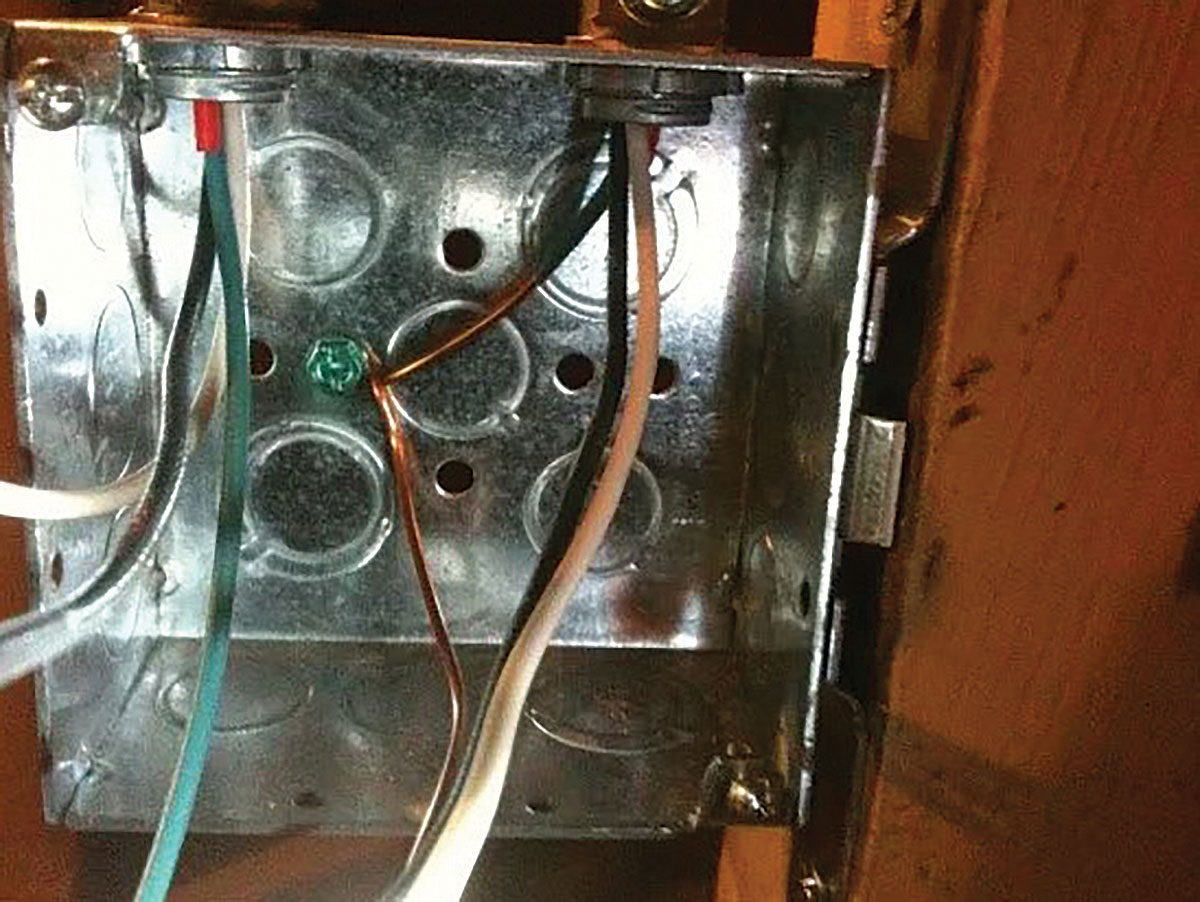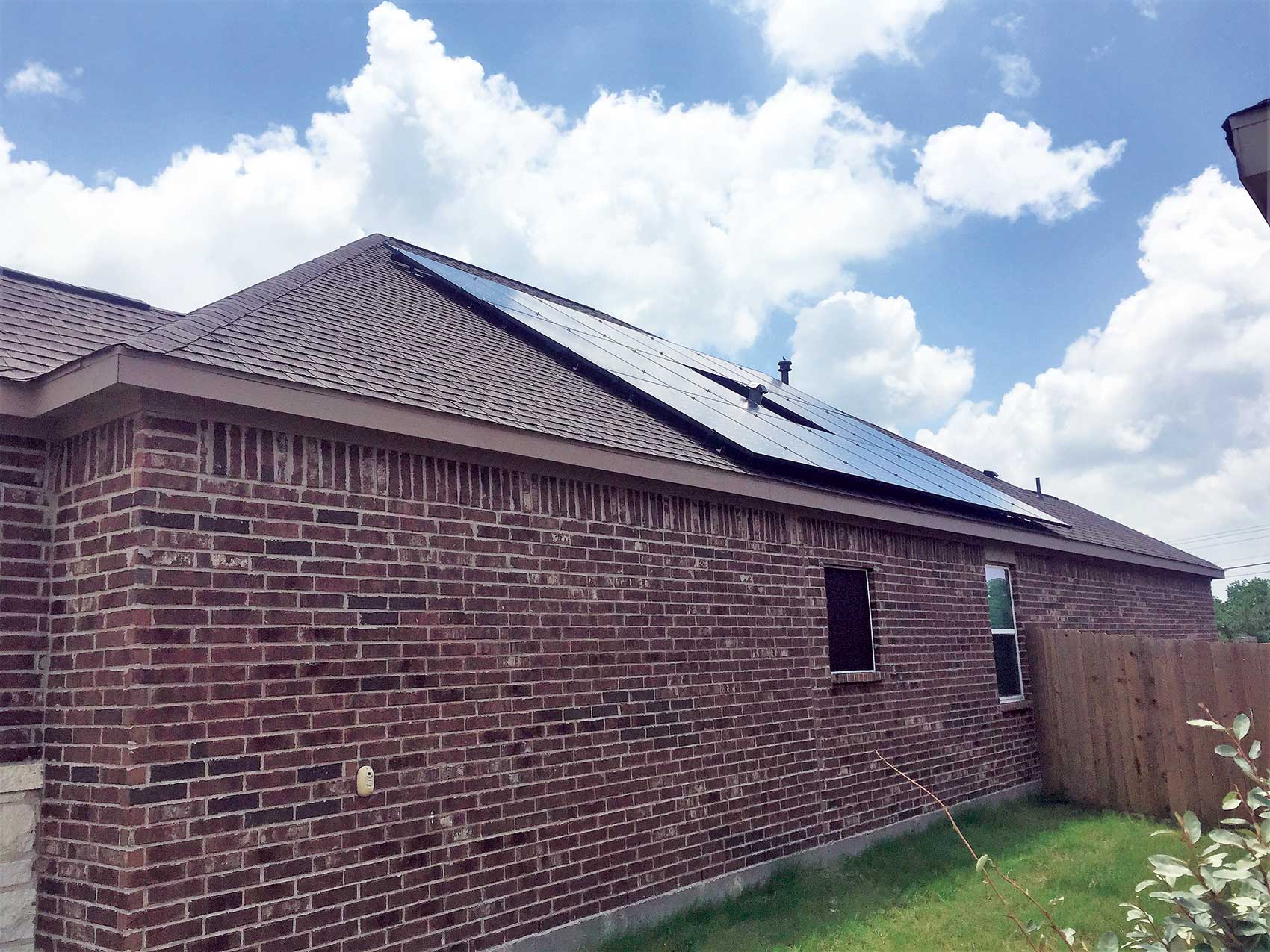Question
A continuous load is defined as “a load where the maximum current is expected to continue for 3 hours or more.” Are there any practical guidelines available to installers and the enforcement community to apply this definition?
Answer
As stated in the question, NEC Article 100 defines a continuous load as “a load where the maximum current is expected to continue for 3 hours or more.” In some cases, the NEC tells us when certain loads are continuous. For example, 422.13 demands that a water heater with “a capacity of 450 L (120 gal) or less be considered continuous loads for purposes of sizing branch circuits.” Most commercial lighting and electric signs [600.5(B)] are considered continuous loads. Unfortunately, the Code does not always spell out clearly when to consider a load as a continuous load for calculation purposes.
This is an AHJ call. Generally, dwelling loads are not considered to be continuous. For example, a table lamp may be left on for 3-hours or more, but that is a very small percentage of the ampacity of the circuit so we would not consider the circuit to be continuously loaded. On the other hand, parking lot lights or public hallway lighting would be a continuous load because the entire circuit would be loaded for 3-hours or more.
The definition of continuous load first appeared in the 1965 NEC. The original proposal called for a continuous load to be “four hours or more.” Subsequent action by CMP-6 on the wire tables in Article 310 settled the time element to three hours or more. This code detective could not find anything in the 1965 NEC substantiation that concluded anything “magical” about the 3-hour time frame, but this was the time frame that was eventually settled upon to define a continuous load. —Keith Lofland, IAEI Director of Education













Find Us on Socials